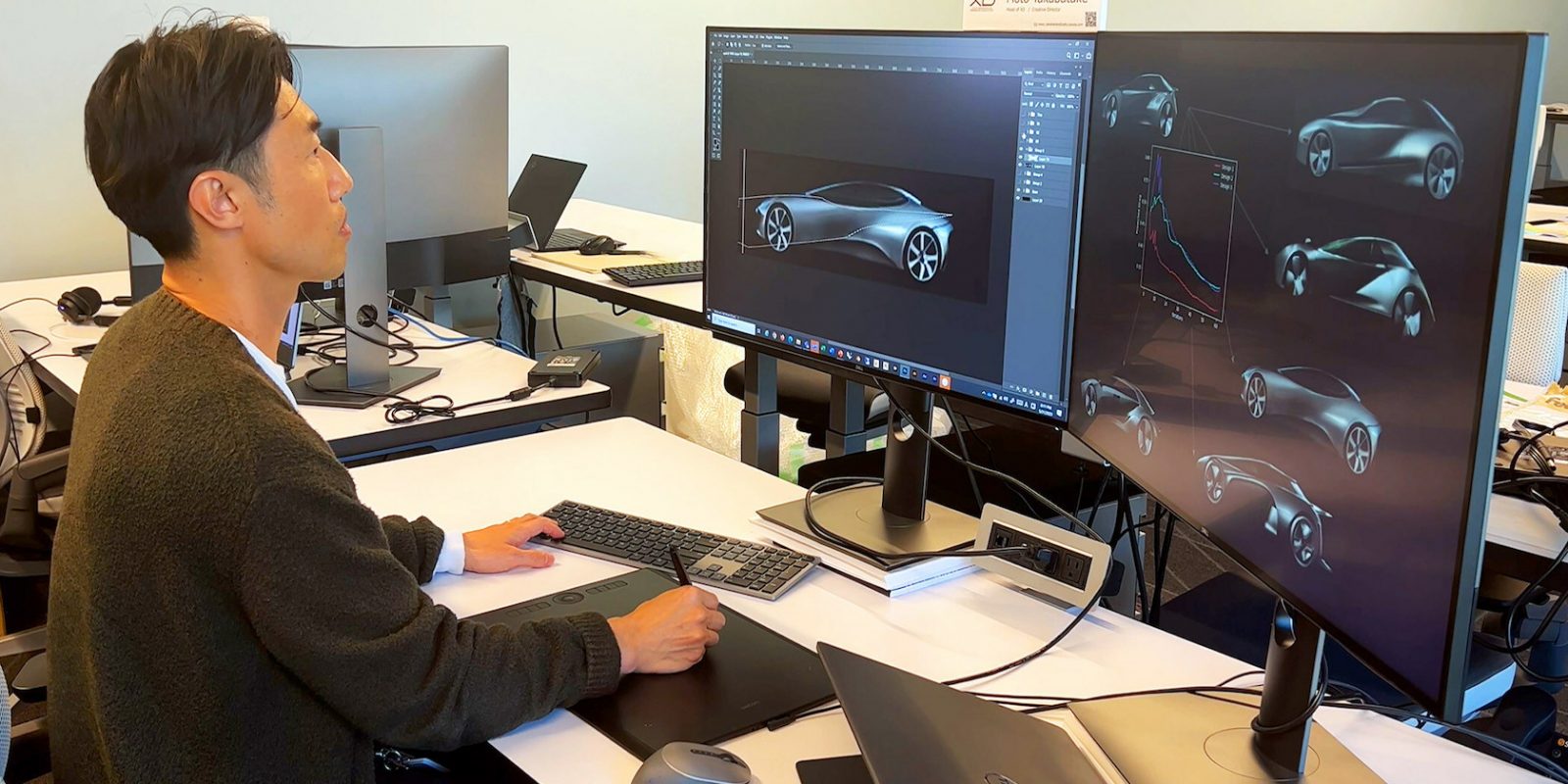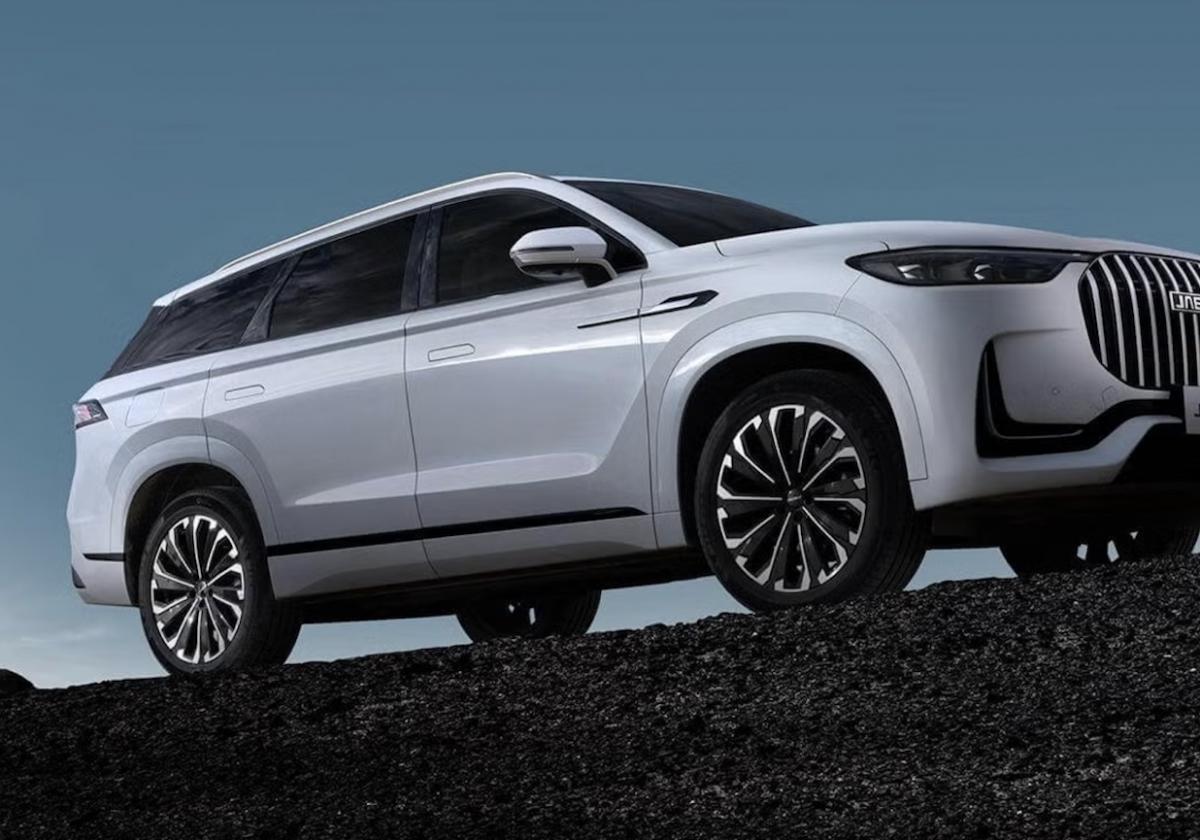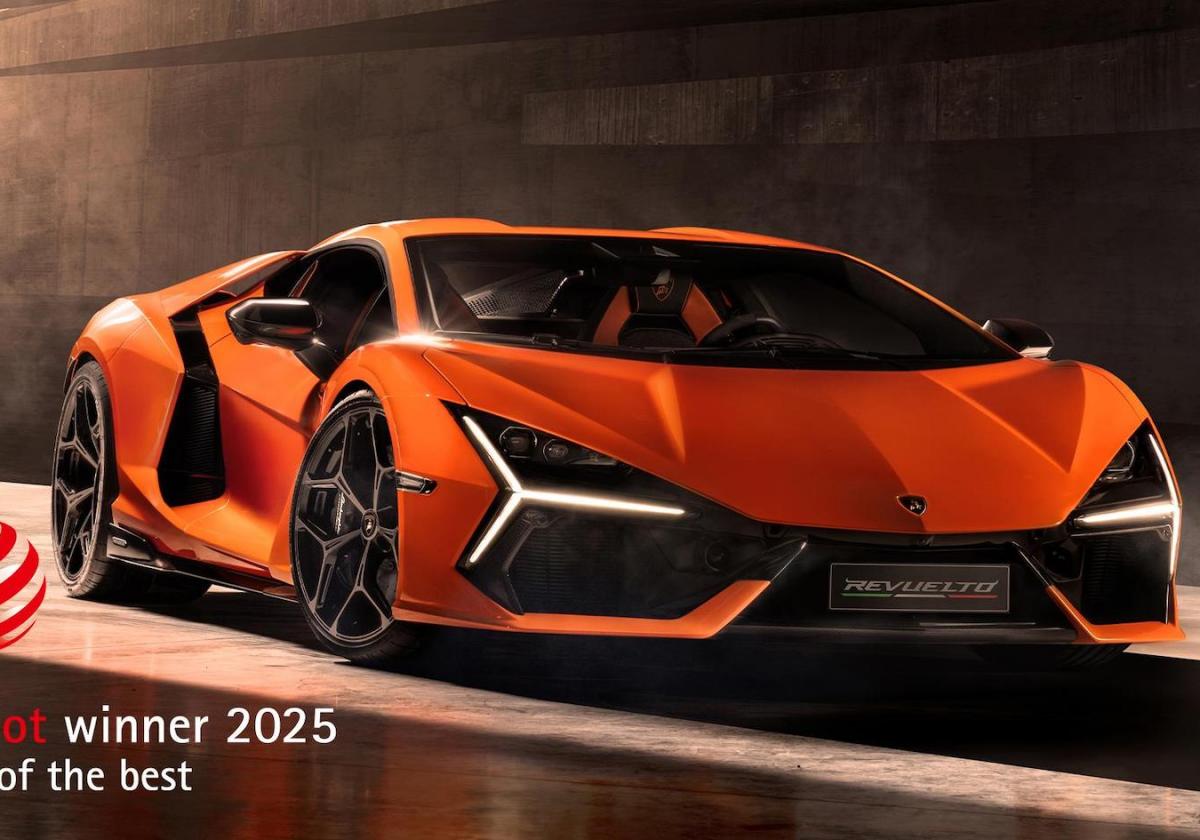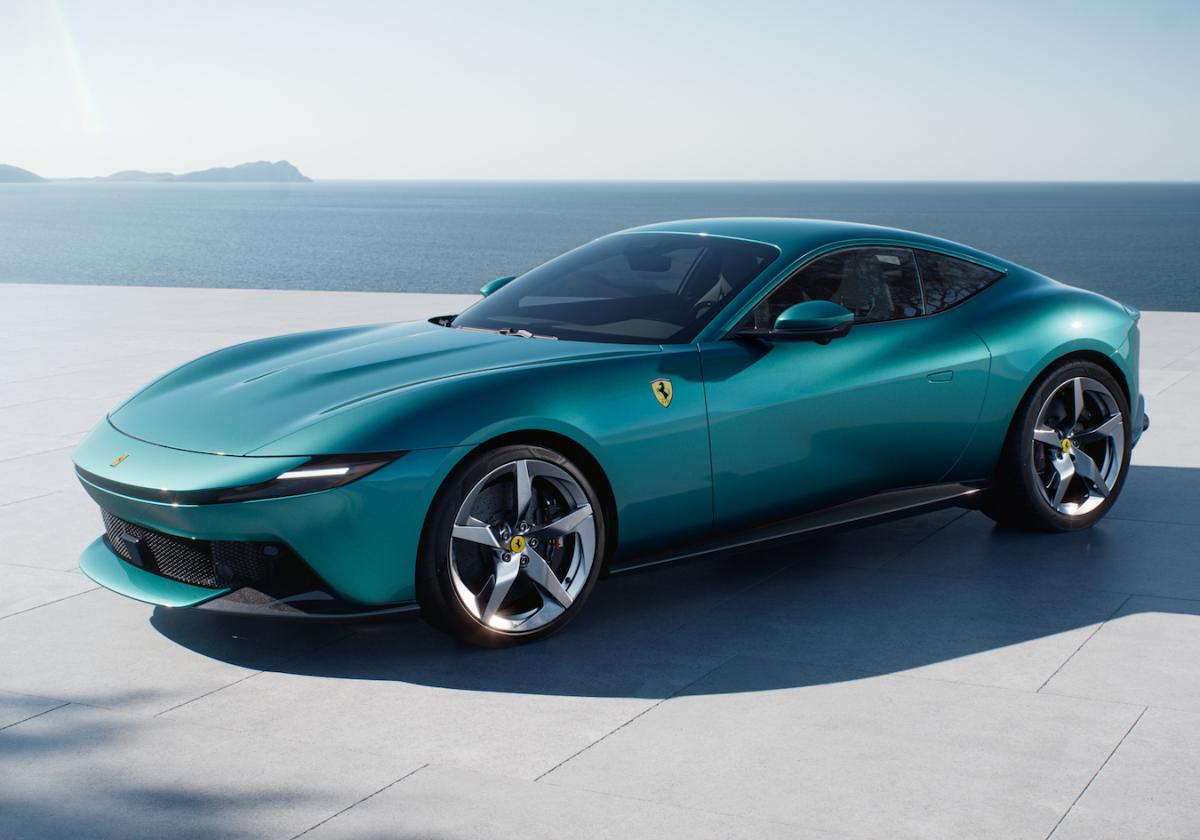Toyota Research Institute (TRI) has unveiled an innovative artificial intelligence (AI) technique designed to enhance the efficiency and innovation of vehicle design. This cutting-edge approach, referred to as generative AI, empowers designers to swiftly generate diverse design possibilities while adhering to specific engineering constraints, such as fuel efficiency and aerodynamic drag.
Avinash Balachandran, director of TRI’s Human Interactive Driving (HID) Division, stated, “Generative AI is a potent tool that enables designers to explore novel avenues. Our novel technique enables the integration of engineering limitations into the design process, leading to the creation of designs that seamlessly blend style with efficiency.”
In practice, designers commence by furnishing a textual portrayal of the desired design attributes, encompassing terms like “sleek,” “SUV-like,” or “modern.” The AI subsequently generates an array of design options aligned with these criteria. Designers can then refine the outcomes by offering supplementary feedback, such as specifying a desired level of aerodynamic drag.
Charlene Wu, senior director of TRI’s Human-Centered AI (HCAI) Division, asserted, “This innovation holds the potential to transform vehicle design procedures. It enables us to craft more efficient, elegant, and secure vehicles in a swifter and more straightforward manner.”
While the technique is currently in its developmental stage, TRI is poised to render it accessible to Toyota’s designers in the foreseeable future. The company also envisions exploring avenues to employ the technique in designing diverse product categories, such as household appliances and furniture.
Incorporating generative adversarial networks (GANs), a category of AI, this technique showcases the fusion of machine learning algorithms to fabricate lifelike images, text, and other forms of data. Spearheaded by researchers from TRI’s Human Interactive Driving (HID) Division and Human-Centered AI (HCAI) Division, the technique underwent testing across a spectrum of vehicle designs, ranging from sedans and SUVs to trucks. As TRI advances its efforts, the imminent availability of this technique to Toyota designers remains on the horizon.
Our Thoughts
I believe that AI has the potential to revolutionize the automotive industry. By speeding up the design process, AI can help automakers to bring new vehicles to market faster and more affordably. This can lead to a more competitive and innovative automotive industry, which is good for consumers.







